
TAGTIK NEWS - TO THE POINT
Volkswagen Tayron test drive: Alpine escapade in plug-in hybrid
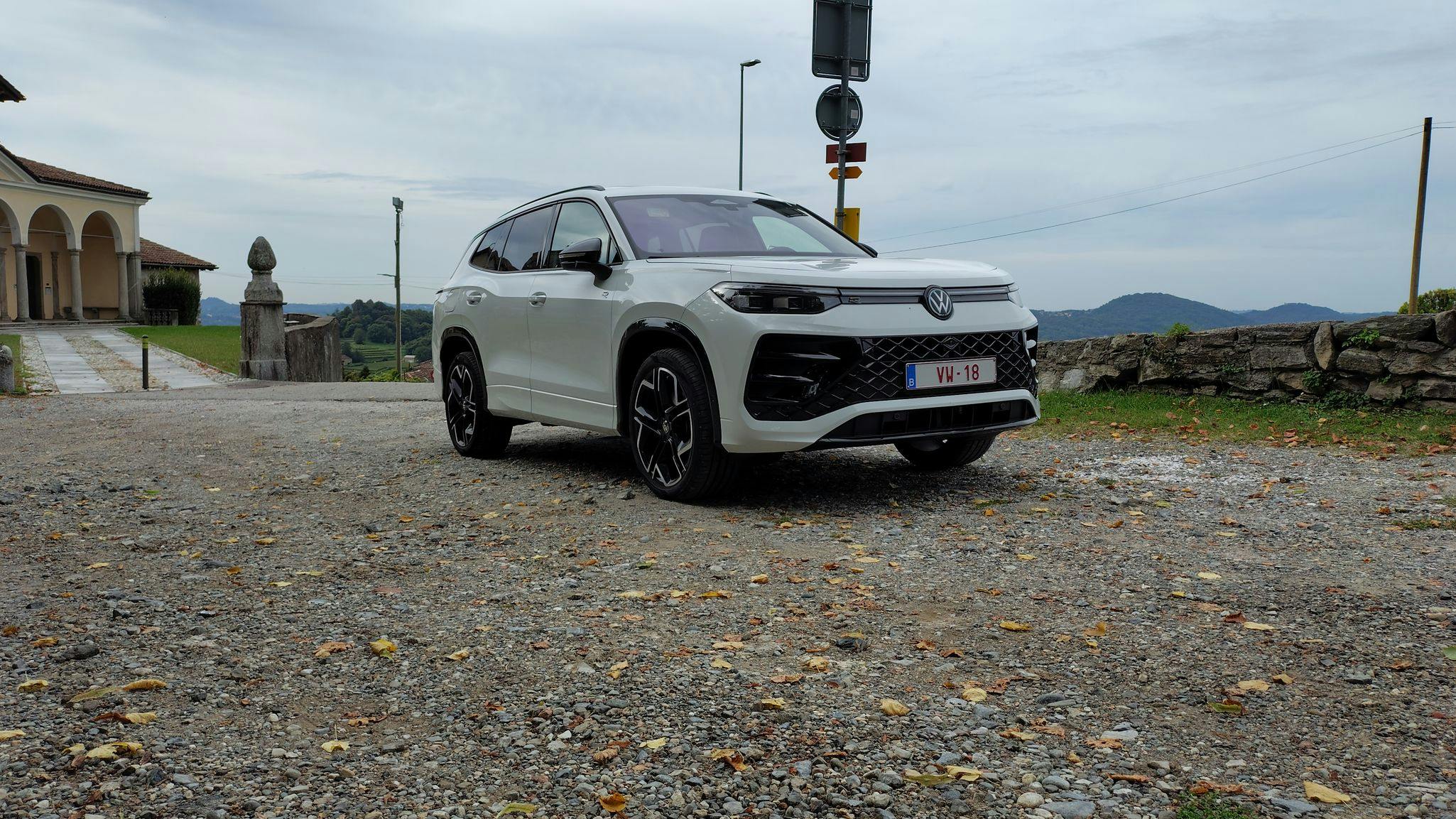
4.79m long. That's the length of the Volkswagen Tayron. It's the extended version of the Tiguan. It can be equipped with a third row of seats to accommodate 7 people. But not with the plug-in hybrid configuration tested for you on a long journey to the Ticino and Italian Alps.

Is a plug-in hybrid useful? It's clear that the official fuel consumption and CO2 figures reflect very conscientious use of charging. But when it comes time to cross part of Europe, the question no longer arises. The total autonomy and the ability to juggle between the plug and the pump give it wings. With a late-evening departure, head to the Alps in southern Switzerland at the wheel of the Volkswagen Tayron 1.5 TSI eHybrid. A large SUV, 4792 mm long, ready for adventure, a 19cm longer version of the VW Tiguan.

Turn off the electrics
With the 19.7 kWh battery fully charged, the Tayron SUV can operate in 100% electric mode for up to 115km (71 mi) on paper. According to the onboard computer, the maximum expected range upon first use is around 95 km (59 mi). However, since the car will be heading directly south from the garage, the first instinct is to turn off the electric mode to favor hybrid operation, while preserving some of the battery for the final trip through the city. The car will therefore operate with the internal combustion engine as a tow vehicle and the electric engine as a boost. This is an operation that must be performed after each break. And yes, that's what plug-in hybrid is all about: the need to adjust the car to suit the route if it deviates from the usual routine.

The highway at night is a special exercise. The lower traffic density allows for a constant average. The Matrix IQ.Light headlights (€720 option), however, act as sharp scouts. On the narrow roads of construction sites and in the Gotthard tunnel, for example, they displayed brightly lit rectangles to help you stay in the lane without dazzling other users. After the fuel stop in Luxembourg, the result is a consumption of 5.9 l/100km. This time, we set off again, letting the car manage its electric reserve.

Barely past the French border, the battery is empty. However, thanks to regeneration, there's still enough power left to run like a microhybrid. This time, consumption reaches an average of 6.1 l/100 km. Before Switzerland, we'll fill the tank again. And during the snack break, the car will be charged at a fast charging station using its Combo CCS socket. Maximum power is 50 kW for direct current, compared to 11 kW for alternating current. After this boost, consumption drops back below 6 l/100 km.

Fuel consumption on the return journey
On the way back, we'll change our route. The trip north will pass through Germany. Right from the start, during the morning rush hour, a traffic jam in Lugano with a dead battery increases fuel consumption to 6.5 l/100 km. But before the Gotthard, we recharge the car and opt for hybrid mode with battery conservation. This time, fuel consumption is 6.3 l/100km. It must be said that on the Autobahn, the temptation to push the beast to over 150km/h was too strong. But given the traffic, it wasn't possible to get close to the top speed of 215km/h.

Otherwise, during our trips in Ticino and the Italian-Swiss Great Lakes region, the average was 5.5 l/100 km. Over the 2341 km of our peregrinations, the average fuel consumption was 6.1 l/100 km, without having the possibility of charging the battery at our lodge. Not bad for a 1.9 ton machine with 272 hp (200 kW) distributed between the 177 hp (130 kW) of the thermal engine and the kW of the electric motor driving only the front wheels! By being more scrupulous with recharging, in a maximum of 2h30, in the context of daily use excluding extraordinary journeys, it would be possible to reduce weekly fuel consumption to less than 3 l/100km with an electrical consumption of around 19 kWh/100km.

The Car
After this fuel consumption review, it's time to move on to the car itself. This long-version Tiguan is designed for 7 people, except in the plug-in hybrid version. Our Tayron stagecoach is therefore limited to 5 seats. It also loses a little trunk space because of the battery. That said, there's still 705 liters under the cargo cover. Needless to say, all the suitcases, air mattresses, and Belgian treats for our guests fit in without any problem. And when we needed to help them with a garage sale, the 1915 liters with the rear seats folded down were more than enough. The VW Tayron is a family-friendly and generous vehicle.

It's also industrious. Admittedly, its size forced us to use a small fore-and-aft shift to take a very tight hairpin bend in the mountains. But otherwise, the VW is docile. The mass is obviously shifted forward when descending a hill. To force engine braking, the only solution is to use the paddles. On climbs, the 7-speed DSG gearbox sometimes showed hesitation. But nothing too serious. Especially since, on long bends, the Tayron demonstrated true serenity. It also absorbs the imperfections of the Belgian and Italian roads. Thanks to the DCC adaptive suspension with dual-chamber dampers. On the Swiss and French highways, the soundproofing is restful. In Germany, with more dynamic driving, there were a few noisy revs from the turbocharged 4-cylinder.

Brilliant
The interior is particularly welcoming, with plenty of room for everyone. Up front, the massage and heated seats were a great comfort during highway rest stops. The large central touchscreen remains a convenient access point for many controls. When using Android Auto, a row of shortcuts at the top of the display provides quick access to various car settings or multimedia menus.

This makes it easier to access the driver assistance or ambient lighting menus. There are still a few haptic controls, notably for adjusting the volume. But fortunately, this is duplicated on the steering wheel. And there are buttons, as well as the active cruise control. The phone sits on an induction charger under a flap. An ideal place to leave your wallet, for example.

To protect the water from the sun's rays coming through the sunroof (a €1,490 option), there's a space under the center armrest to store a bottle, sheltered from the warm light. Throughout the kilometers of our journey, the car didn't let us down. It proved efficient. It also managed to protect our vertebrae. Obviously, in the mountains, this big thing is less fun to drive than an estate car. However, it remains disciplined despite everything. This car, which can run 100% electric for daily commutes, is a very good ally on long journeys. It's aimed at families who enjoy long trips several times a year. But how much does it cost? We'll focus on the 5-seater plug-in hybrid solution only.

Pricing
In Belgium, as of September 2025, the 204 hp Volkswagen Tayron 1.5 TSI eHybrid will start at €56,190. The 272 hp engine starts at €67,970. As for the R-Line Business Premium version with the 1.5 TSI 130 kW (177 hp with combustion engine and 272 hp combined), the standard price is €69,930. With the options of our white Tayron test car (€273) including the sunroof (€1490), Matrix HD lights (€720), assistance packs (€1090) and winter packs (€665), tow ball (€1330), 20-inch York wheels (€575), the Black Style design pack (€235), the 10-speaker Harman Kardon sound system (€940) and a few accessories, we arrive at €77,420.

In the Grand Duchy of Luxembourg, the price list starts at €55,240. A white Volkswagen Tayron 1.5 TSI 130 kW (272 hp combined) R-Line with all the equipment shown here will cost you €69,500. In France, the VW Tayron eHybrid starts at €58,500. A similar 272 hp model to the one tested here will cost you €76,040.

In Switzerland, prices for the Tayron plug-in hybrid start at CHF 54,400. To find equipment similar to our SUV, you'll have to pay CHF 71,490. In the Netherlands, a Volkswagen Tayron 1.5 eHybrid starts at €53,490. With a configuration almost identical to the model tested here, you'll have to part with €67,000!

(MH with Olivier Duquesne – Source : Volkswagen – Photos : © Olivier Duquesne)

LATEST NEWS
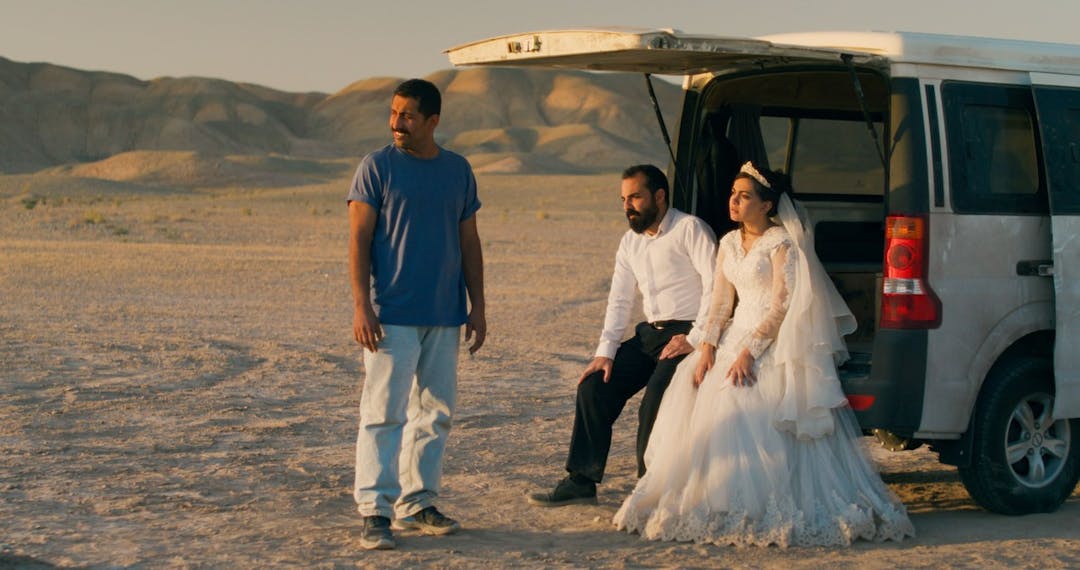
Jafar Panahi Wins New York Award and is Sentenced to Prison by Iran
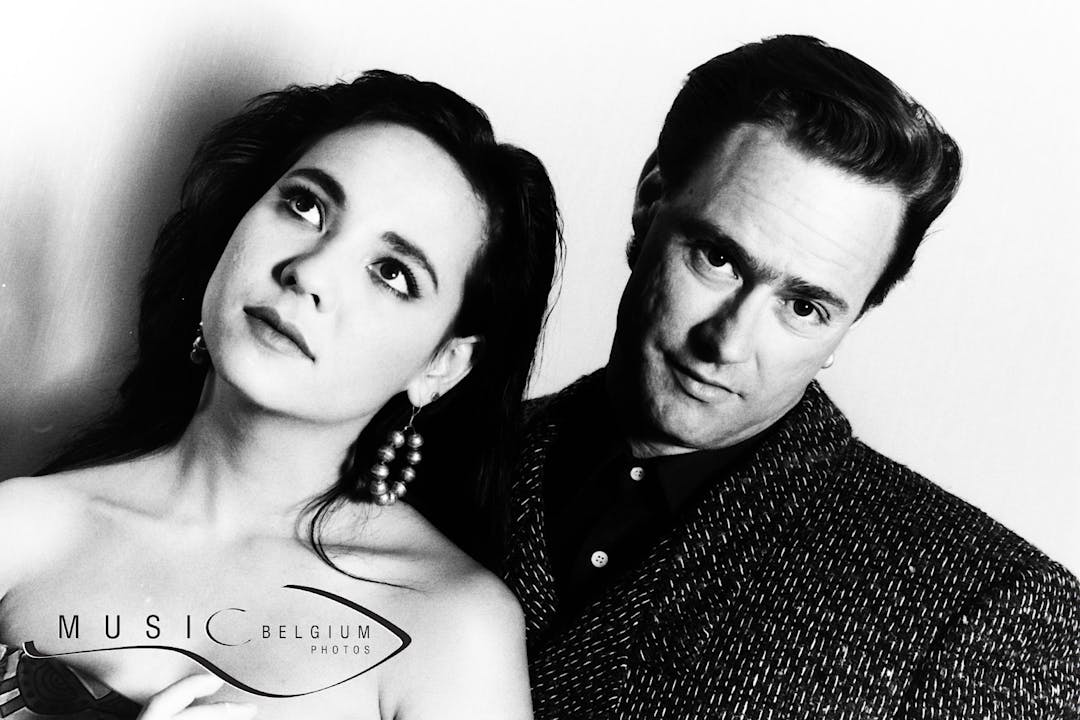
Born on December 2: Peter Kingsbery, founder of Cock Robin with firebrand Ana LaCazio
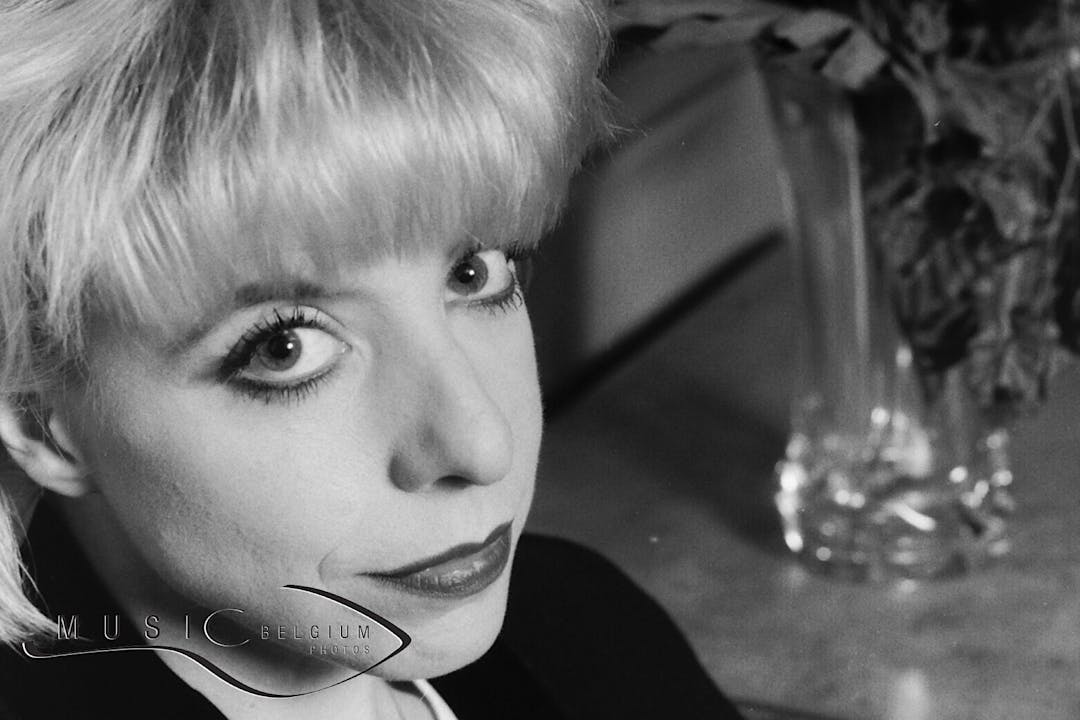
Born on December 1: Julee Cruise, "Twin Peaks'" haunting voice

Born on December 1st: Alain Bashung, French rock poet who waited a long time for success
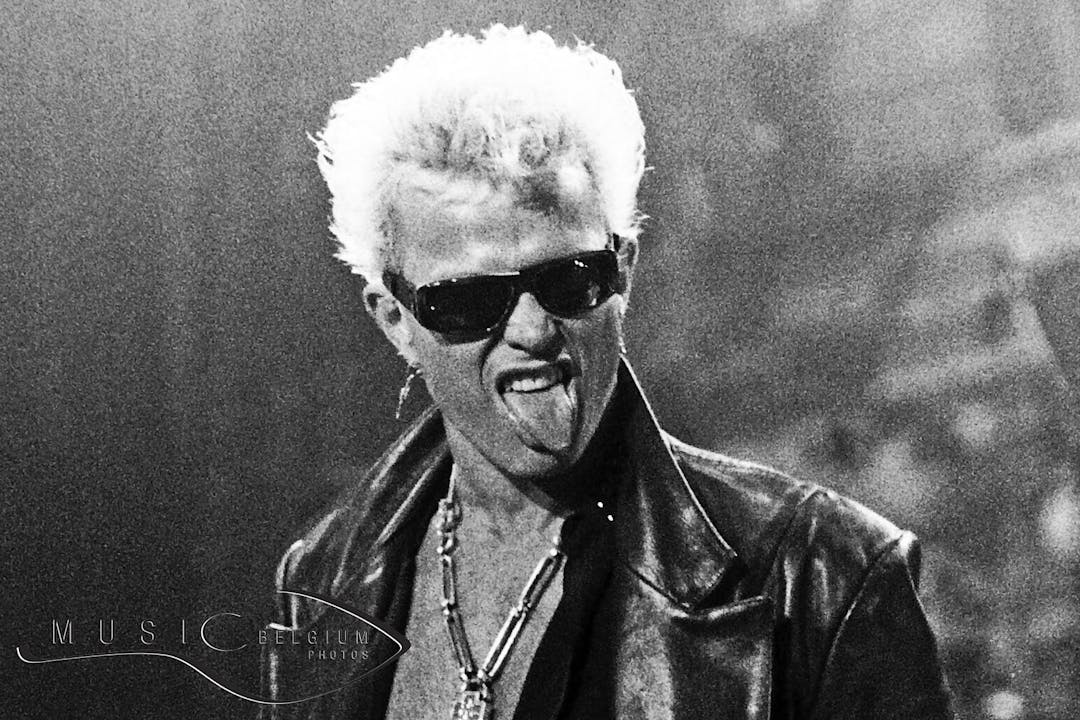
Born on November 30: Billy Idol, the (kind) rebel of Generation X

Born on November 28: Randy Newman tells stories and makes movies
Quick links